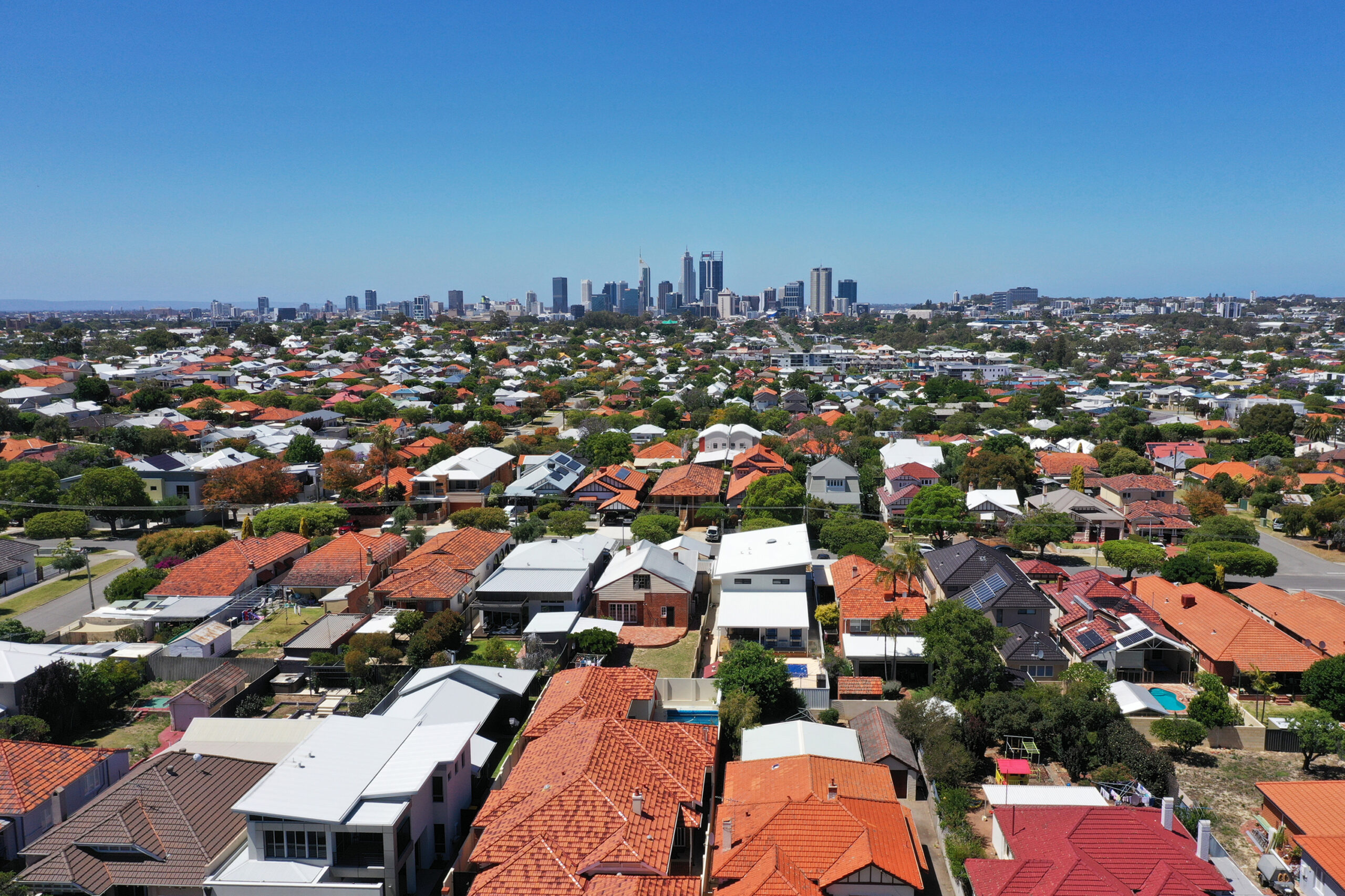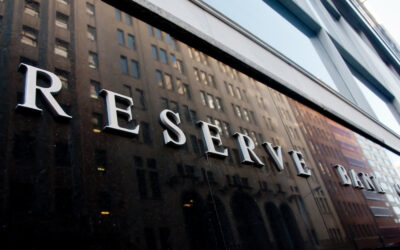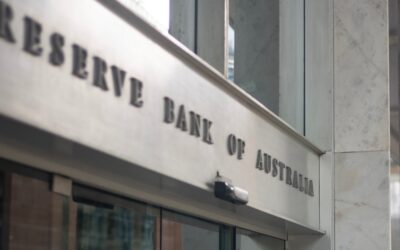In this article:

In a highly anticipated move, the Reserve Bank of Australia (RBA) has made its decision to leave the official cash rate on hold, at 4.35%.
This announcement, following intense speculation and expert forecasting, signals a period of stability amid the financial uncertainties that many Australians are facing today. Whether you’re a homeowner, an investor, or simply keeping an eye on the economy, understanding what this means for you is vital.
A Closer Look at the Decision
The RBA’s decision to maintain the current cash rate is supported by several justifications. Amid fluctuating economic indicators and a global financial landscape that continues to evolve unpredictably, this move is aimed at providing a measure of steadiness to the Australian economy. For everyday Australians, homeowners, and investors, this decision impacts various aspects of personal and investment finances.
In their press release, the RBA Board said, “recent information indicates that inflation continues to moderate, but is declining more slowly than expected. The CPI grew by 3.6 per cent over the year to the March quarter, down from 4.1 per cent over the year to December.”
“The economic outlook remains uncertain and recent data have demonstrated that the process of returning inflation to target is unlikely to be smooth.”
“The central forecasts, based on the assumption that the cash rate follows market expectations, are for inflation to return to the target range of 2–3 per cent in the second half of 2025, and to the midpoint in 2026.”
“The Board expects that it will be some time yet before inflation is sustainably in the target range and will remain vigilant to upside risks. The path of interest rates that will best ensure that inflation returns to target in a reasonable timeframe remains uncertain and the Board is not ruling anything in or out.”
Extraordinarily Stubborn Inflation
The first quarter of the year saw an unexpected uptick in prices, complicating the economic landscape. The Consumer Price Index data revealed a 1% increase in prices during the March quarter, positioning the annual inflation rate at 3.6%.
This development surpassed the predictions of many economists, including the RBA’s forecasts. Despite this quarter’s increase, the overall trajectory of annual inflation is on a downward slope from its December 2022 peak of 7.8%, and inflation for the March quarter is lower than the previous quarter, which was at 4.1%.
The slightly higher than expected CPI, coupled with an impending federal budget which will include “unavoidable spending” by the Government, according to Treasurer Jim Chalmers, has seen some economists suggest that a shock rate hike may yet be on the cards.
What does this mean for you?
For Homeowners
The RBA’s decision is likely to see mixed reactions amongst mortgage holders, who have long been holding out for a rate cut. Interest rates on existing loans will remain stable, however significantly higher than what mortgage holders were experiencing during the pandemic era.
It’s an opportune time to assess your mortgage arrangements. Could refinancing or renegotiating your loan terms potentially lower your costs further? Now might be the time to explore these options, armed with the certainty that comes from the RBA’s stance on rates.
For Investors
Investors, particularly those in real estate, may find this environment conducive to planning their next steps. With interest rates holding steady, borrowing costs for investment properties remain predictable, which could influence decisions on purchasing or selling assets. It also might be the right time to review investment portfolios, considering the broader economic signals this decision reflects.
For Everyday Australians
The implications of the RBA’s decision extend beyond the property market and into the wider economy. Stable interest rates can influence everything from savings account yields to the cost of consumer credit. Many are taking advantage of high interest savings accounts and credit products with favourable terms.
House Prices Continue to Surge?
The consistency in Australia’s housing market growth, as highlighted by CoreLogic’s Home Value Index (HVI) for April 2024, suggests an undeniable upward trend in property values across the nation.
With a 0.6% increase in CoreLogic’s Home Value Index (HVI) mirroring the gains seen in the preceding months, it’s clear that the Australian housing market is continuing its ascent despite the uncertainty surrounding Australia’s economy.
CoreLogic reported that this April’s increase in the HVI marks a 15th consecutive month of this growth cycle, which totals an 11.1% increase in values across the nation.
The sustained rise in home values, amid a backdrop of stable interest rates makes for a complicated picture. On one hand, homeowners and real estate investors can find solace in the appreciating value of their assets, which for many represents a significant portion of their wealth. However, on the flip side, this ongoing surge presents a burgeoning challenge for potential homebuyers, exacerbating affordability concerns.
“In the face of high interest rates, low sentiment, worsening affordability and ongoing cost of living pressures, housing values have continued to trend higher,” CoreLogic reported.
“The persistent rise in housing values, despite an array of downside factors that would normally act to push prices lower, can be drawn back to the insufficient supply of housing relative to demand. “
It was a point made by Mark Bouris and Stephen Koukoulas on Property Insights, both sharing concerns about Australia’s trajectory for new dwellings, which would ease the ongoing pressure on housing affordability.
Bouris pointed out that Australia needs over 90,000 skilled workers for the construction sector alone to help with the demands being placed on the industry who need to deliver the new dwellings.
Compounding the shortage of skilled workers is the number of new building approvals, with Koukoulas labelling Australia’s figures as “shocking.”
“We need to build 250,000 dwellings per year to keep up with population growth. The latest building approvals in an annualised figure was 150,000. That’s 100,000 dwellings short of what we need. And it’s falling still. I’m really worried about that. So there’s a housing shortage that’s impacting on rents and impacting on prices which is going to be around for a long time.”
Looking Ahead
As the RBA “holds out” on mortgage holders, it’s important to note that this decision is not set in stone. Many experts suggest that a rate cut may still be on the horizon, depending on future economic indicators. Staying up-to-date and mindful of how these changes affect your personal finances can assist you in making informed choices.
Reach out to your local YBR Home Loans mortgage broker for expert insights and guidance as you navigate this unique interest rate environment.
Remember, while the RBA’s decisions influence all aspects of Australia’s economy, your personal finances or investment strategies should align with your long-term goals and adapt to changing circumstances.



